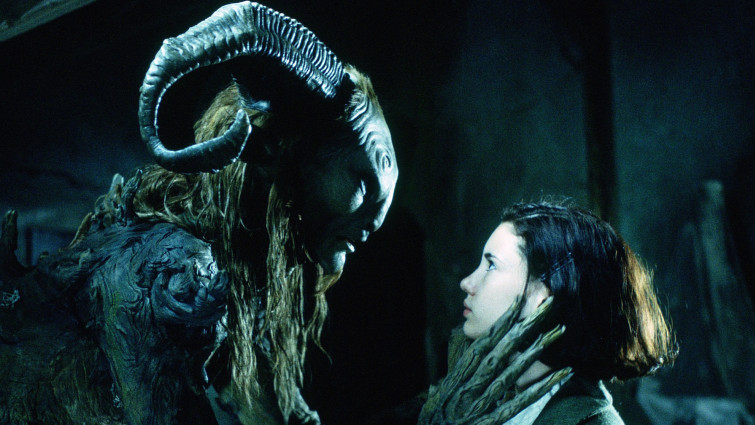

Member review

Pan's Labyrinth
Outstanding fantasy grounded in a Spanish Civil War setting, about a girl who discovers a magical maze at her ruthless stepfather's...
Certificate
Duration118 mins
Review by
- Ismah, 16
- 4 reviews
A peek into the Labyrinth...
Guillermo Del Toro shows his worth time and time again with each of his films that are filled with elements of gothic horror and his use of children as the protagonists in many of his films. 'Pan's Labyrinth' is a film like non of his others as he uses his auteur stamp as usual, but brings in a new fairy tale and fantastical element that engages the spectator as they are usually finding themselves lost in the labyrinth of the new world that Del Toro creates in each of his films.
There are many scenes that are forgettable as well as those that are unforgettable. I feel that some scenes have been worked into the film to make the rest of the story line make sense, but they are not necessary. For example, Ofelia's quest into the trees rotten roots and when she feeds the toad should be memorable and a big milestone in her quest, yet it simply isn't. its forgettable and doesn't feel necessary. Where as when she ventures into the Pale mans lair and is chased by him, we feel the tension and the horror as we are faced with a monster like no other. This is possibly one of the climax's of the film as we are stunned as a spectator at not only this monster but the Faun too.
The film bounces back and forth, juxtaposing Ofelia's problems with those of Mercedes and the Rebels, Her mother and her struggles with childbirth and Vidal and his issues with the traitor and the Rebels. These genuine and real problems that would have been around in the Spanish Civil war make us question throughout 'Is Ofelia's world really imaginary?'. I think we question this because of the way we look down on children. Never taking them seriously due to their reputation of having a vivid imagination.
We are left puzzled time and time again, trying to battle the thoughts in our mind of whether Ofelia really is a princess or is the Faun simply a way of her trying to cope with her mothers illness?There are parts that persuade you that everything is imaginary, but then Del Toro contradicts our decision with proof of the 'imaginary' word to be real.
Aesthetically, the film is more than pleasing, with Del Toro's signature blue and amber colour scheme that echoes throughout the film. The cold that would have been present in the middle of the Spanish woods is shown clearly through the blue hues and the loneliness that we feel for Ofelia being the only child around.